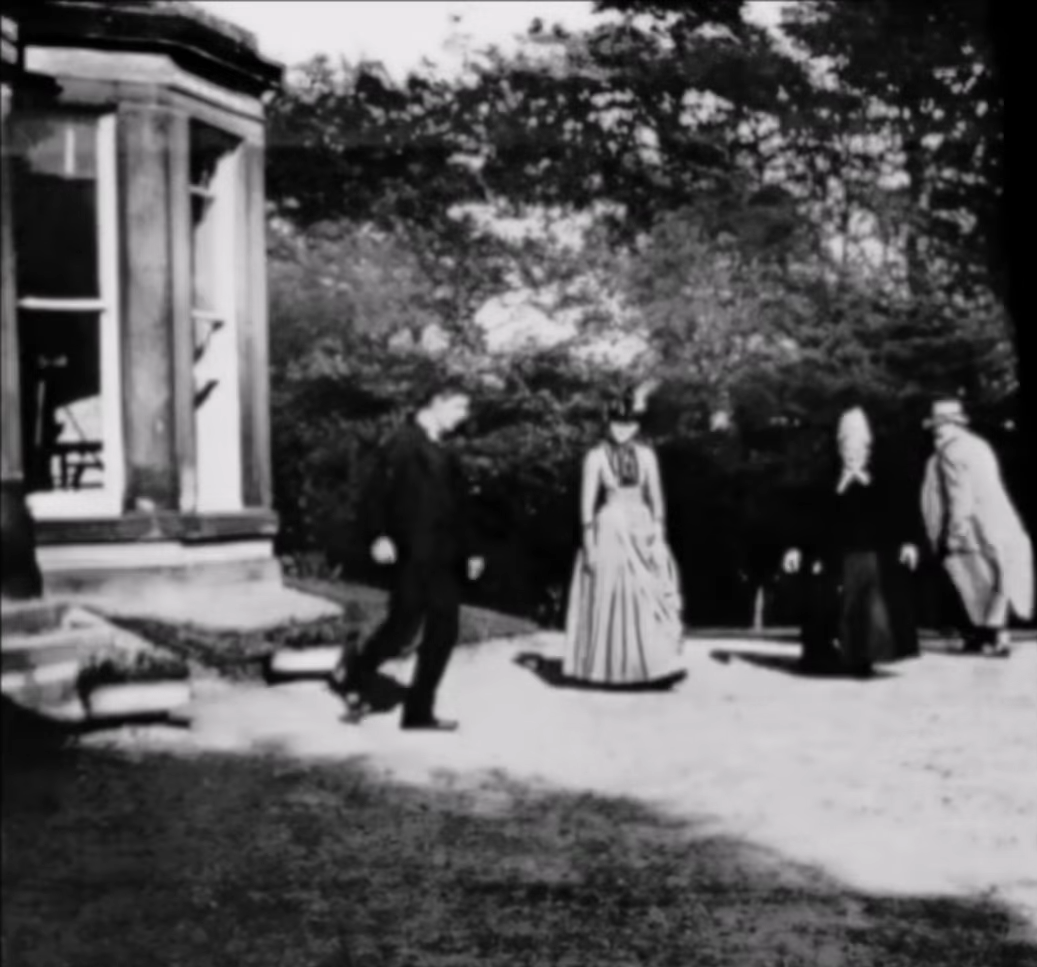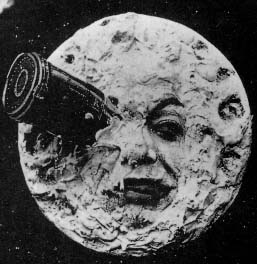|
Open Season (2023 Film)
''Open Season'' () is a 2023 Franco-Belgian comedy film directed by Antonin Fourlon and Frédéric Forestier, released in 2023. It was a box office success in France. ''Open Season'' addresses the topic of culture shock, experienced by a Parisian couple moving to a village with a strong community of hunters. Plot Simon and Adélaïde are tired of the city life and leave their Parisian flat with their two children to live in a large country house on the edge of a forest in the village of Saint Hubert des Bois. They befriend their neighbours, Bernard and Michel. But, as September comes, their garden and the adjacent woods are used as a hunting ground. Hostilities are declared between the family and the hunting group (including Bernard, their leader, and Michel). After various unfruitful attempts, Simon and Adélaïde are discouraged and decide to go back to Paris. However, their departure causes the closing of the village school, whose headmistress is Bernard's wife, so that the ... [...More Info...] [...Related Items...] OR: [Wikipedia] [Google] [Baidu] |
Frédéric Forestier
Frédéric Forestier (born 1969) is a French director. Filmography Director * 1993 ''Paranoïa'' (short film) * 1997 '' The Peacekeeper'' * 2002 '' Le Boulet'' - More than 3 million ticket sales in France. * 2005 ''Les Parrains'' - More than 600,000 ticket sales in France. * 2008 '' Astérix aux Jeux Olympiques'' - More than 6 million ticket sales in France. * 2012 ''Stars 80'' * 2023 ''Chasse gardée'' * 2024 ''Les infaillibles'' Le Point, 21 June 2024 Actor * |
Télérama
''Télérama'' is a weekly French language, French cultural and television magazine published in Paris, France. The name is a contraction of its earlier title: ''Télévision-Radio-Cinéma''. Fabienne Pascaud is currently managing editor. Ludovic Desautez is deputy editor for digital. Valérie Hurier is deputy editor for print. History and profile ''Télérama'' was established in 1947. Its founder was the Christian journalist Georges Montaron. The magazine had been published by Hachette Filipacchi until 2001 when it began to be published by Quebecor World, Quebecor World Inc. The magazine has been owned by La Vie-Le Monde since 2003. It is published on a weekly basis on Wednesdays by Publications de la Vie Catholique. The magazine had a Christianity-oriented political stance. The headquarters of ''Télérama'' is in Paris. Its primary contents are television and radio listings, though the magazine also prints film, theatre, music and book reviews, as well as cover stories and f ... [...More Info...] [...Related Items...] OR: [Wikipedia] [Google] [Baidu] |
Films Set In Paris
A film, also known as a movie or motion picture, is a work of visual art that simulates experiences and otherwise communicates ideas, stories, perceptions, emotions, or atmosphere through the use of moving images that are generally, since the 1930s, synchronized with sound and (less commonly) other sensory stimulations. Etymology and alternative terms The name "film" originally referred to the thin layer of photochemical emulsion on the celluloid strip that used to be the actual medium for recording and displaying motion pictures. Many other terms exist for an individual motion-picture, including "picture", "picture show", "moving picture", "photoplay", and "flick". The most common term in the United States is "movie", while in Europe, "film" is preferred. Archaic terms include "animated pictures" and "animated photography". "Flick" is, in general a slang term, first recorded in 1926. It originates in the verb flicker, owing to the flickering appearance of early films ... [...More Info...] [...Related Items...] OR: [Wikipedia] [Google] [Baidu] |
Films Shot In Oise
A film, also known as a movie or motion picture, is a work of Visual arts, visual art that simulates experiences and otherwise communicates ideas, stories, perceptions, emotions, or atmosphere through the use of moving images that are generally, since the 1930s, Sound film, synchronized with sound and (less commonly) other sensory stimulations. Etymology and alternative terms The name "film" originally referred to the thin layer of photochemical emulsion on the celluloid strip that used to be the actual Recording medium, medium for recording and displaying motion pictures. Many other terms exist for an individual motion-picture, including "picture", "picture show", "moving picture", "photoplay", and "flick". The most common term in the United States is "movie", while in Europe, "film" is preferred. Archaic terms include "animated pictures" and "animated photography". "Flick" is, in general a slang term, first recorded in 1926. It originates in the verb flicker, owing to ... [...More Info...] [...Related Items...] OR: [Wikipedia] [Google] [Baidu] |
French Comedy Films
French comedy films are comedy films produced in France. Comedy is the most popular French genre in cinema. Comic films began in significant numbers during the era of silent films, roughly 1895 to 1930. The visual humour of many of these silent films relied on slapstick and burlesque. Characteristics of French comedy films French comedy films are very often social comedies, which differs largely from American comedies."La comédie française se différencie ..par son aspect social, une lutte des classes généralement absente des comédies américaines." . Social comedy Culture shock, in several French comedies, oftentimes contain several 'clichés', which include: * Religion – '' The Mad Adventures of Rabbi Jacob'' in the 1970s, and '' Serial (Bad) Weddings'' in the 2010s * Social background – '' Life Is a Long Quiet River'' in the 1980s, and '' The Intouchables'' in the 2010s * Difference of life between two places – '' Welcome to the Land of ch'tis'' in the 2000 ... [...More Info...] [...Related Items...] OR: [Wikipedia] [Google] [Baidu] |
Films About Hunting
A film, also known as a movie or motion picture, is a work of visual art that simulates experiences and otherwise communicates ideas, stories, perceptions, emotions, or atmosphere through the use of moving images that are generally, since the 1930s, synchronized with sound and (less commonly) other sensory stimulations. Etymology and alternative terms The name "film" originally referred to the thin layer of photochemical emulsion on the celluloid strip that used to be the actual medium for recording and displaying motion pictures. Many other terms exist for an individual motion-picture, including "picture", "picture show", "moving picture", "photoplay", and "flick". The most common term in the United States is "movie", while in Europe, "film" is preferred. Archaic terms include "animated pictures" and "animated photography". "Flick" is, in general a slang term, first recorded in 1926. It originates in the verb flicker, owing to the flickering appearance of early films. ... [...More Info...] [...Related Items...] OR: [Wikipedia] [Google] [Baidu] |
Films Produced By Olivier Delbosc
A film, also known as a movie or motion picture, is a work of Visual arts, visual art that simulates experiences and otherwise communicates ideas, stories, perceptions, emotions, or atmosphere through the use of moving images that are generally, since the 1930s, Sound film, synchronized with sound and (less commonly) other sensory stimulations. Etymology and alternative terms The name "film" originally referred to the thin layer of photochemical emulsion on the celluloid strip that used to be the actual Recording medium, medium for recording and displaying motion pictures. Many other terms exist for an individual motion-picture, including "picture", "picture show", "moving picture", "photoplay", and "flick". The most common term in the United States is "movie", while in Europe, "film" is preferred. Archaic terms include "animated pictures" and "animated photography". "Flick" is, in general a slang term, first recorded in 1926. It originates in the verb flicker, owing to ... [...More Info...] [...Related Items...] OR: [Wikipedia] [Google] [Baidu] |
2020s Belgian Films
S, or s, is the nineteenth letter of the Latin alphabet, used in the English alphabet, the alphabets of other western European languages and other latin alphabets worldwide. Its name in English is ''ess'' (pronounced ), plural ''esses''. History Northwest Semitic šîn represented a voiceless postalveolar fricative (as in 'ip'). It originated most likely as a pictogram of a tooth () and represented the phoneme via the acrophonic principle. Ancient Greek did not have a "sh" phoneme, so the derived Greek letter Sigma () came to represent the voiceless alveolar sibilant . While the letter shape Σ continues Phoenician ''šîn'', its name ''sigma'' is taken from the letter ''Samekh'', while the shape and position of ''samekh'' but name of ''šîn'' is continued in the '' xi''. Within Greek, the name of ''sigma'' was influenced by its association with the Greek word (earlier ), "to hiss". The original name of the letter "Sigma" may have been ''san'', but due to the earl ... [...More Info...] [...Related Items...] OR: [Wikipedia] [Google] [Baidu] |
2020s French-language Films
S, or s, is the nineteenth letter of the Latin alphabet, used in the English alphabet, the alphabets of other western European languages and other latin alphabets worldwide. Its name in English is ''ess'' (pronounced ), plural ''esses''. History Northwest Semitic šîn represented a voiceless postalveolar fricative (as in 'ip'). It originated most likely as a pictogram of a tooth () and represented the phoneme via the acrophonic principle. Ancient Greek did not have a "sh" phoneme, so the derived Greek letter Sigma () came to represent the voiceless alveolar sibilant . While the letter shape Σ continues Phoenician ''šîn'', its name ''sigma'' is taken from the letter ''Samekh'', while the shape and position of ''samekh'' but name of ''šîn'' is continued in the '' xi''. Within Greek, the name of ''sigma'' was influenced by its association with the Greek word (earlier ), "to hiss". The original name of the letter "Sigma" may have been ''san'', but due to the ear ... [...More Info...] [...Related Items...] OR: [Wikipedia] [Google] [Baidu] |
2023 Comedy Films
3 (three) is a number, numeral and digit. It is the natural number following 2 and preceding 4, and is the smallest odd prime number and the only prime preceding a square number. It has religious and cultural significance in many societies. Evolution of the Arabic digit The use of three lines to denote the number 3 occurred in many writing systems, including some (like Roman and Chinese numerals) that are still in use. That was also the original representation of 3 in the Brahmic (Indian) numerical notation, its earliest forms aligned vertically. However, during the Gupta Empire the sign was modified by the addition of a curve on each line. The Nāgarī script rotated the lines clockwise, so they appeared horizontally, and ended each line with a short downward stroke on the right. In cursive script, the three strokes were eventually connected to form a glyph resembling a with an additional stroke at the bottom: ३. The Indian digits spread to the Caliphate in the 9th ... [...More Info...] [...Related Items...] OR: [Wikipedia] [Google] [Baidu] |




